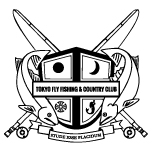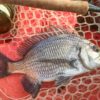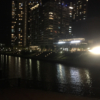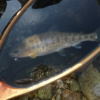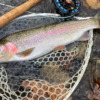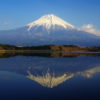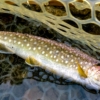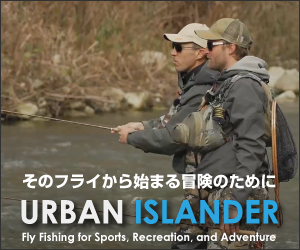Blackhead Seabream | Kurodai
Blackhead Seabream
Acanthopagrus schlegelii
(Bleeker, 1854)
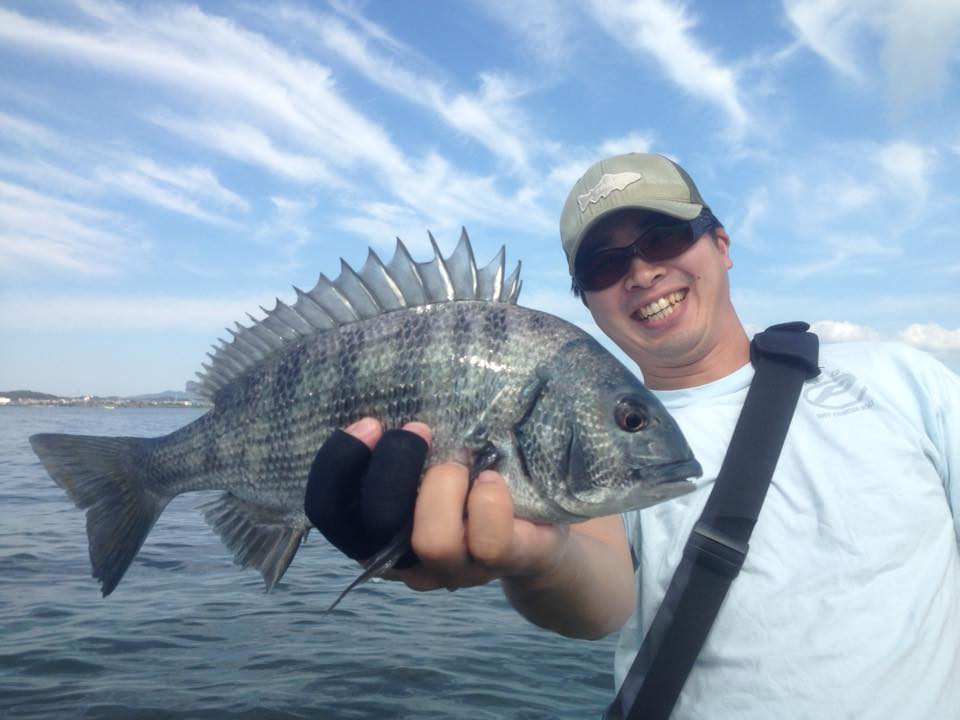
Seabream is very common game fish in inshore water of Japan inhabiting from Hokkaido to Okinawa. Especially so are genus of fish: acanthopagrus, 5 species of whom inhabit in both brackish and coastal water accessible to keen anglers on foot. Out of those 5 species, blackhead seambream or kurodai covers the widest area in Japan from Tohoku to Kyushu and it has the highest tendency to feed on bottom adopting to foraging variety of food not needing to hurry which makes them one of the most challenging fish to catch on fly. Large part of their diet are made of slow moving crabs and clams living in sandy bottom near rocks whose only defense are to dig and hide in bottom. This is why blackhead seabreams are often found "tailing" and leaving crater holes or leaving remains of crab shells near rocks - signature that anglers look for in order to spot a colony of them near by. They are bottom feeders as in bonefish, carp, or trigger fish, so fly needs to be presented accordingly.
Blackhead seabream has well developed eyes on front side of their head making them able to tell colours, shapes, and distance to its prey. Those eyes are also equipped with splendid dynamic vision that can detect the motion of very small crab on bottom, birds flying over, and humans from background landscape. Just as other fishes in Sparidae famly, blackhead seabream use its air bladder to both catch & create sonic vibration in water which they use to detect threat, help navigate in dark, and also communicate with other fish. Altogether, key to catch blackhead seabream is to either stalk or ambush perfectly.
Fly Fishing Methods
In Yokohama and Osaka, boat captains take clients quietly behind hovering blackhead seabream feeding crabs and clams on walls or bridge piers where anglers are required to deliver fly in tight spot between obstacles and fish. In Hamamatsu surrounding Lake Hamana, breams come in numbers feeding in shallow flats. Anglers can enjoy sight fishing similar to as it is done for bonefish. From time to time, breams get into feeding frenzy when they hit the jackpot of yabbies or shrimps escaping to surface, this is when anglers can use popper or other type of floating flies to catch breams in the most aggressive moment.
Fly Tackle
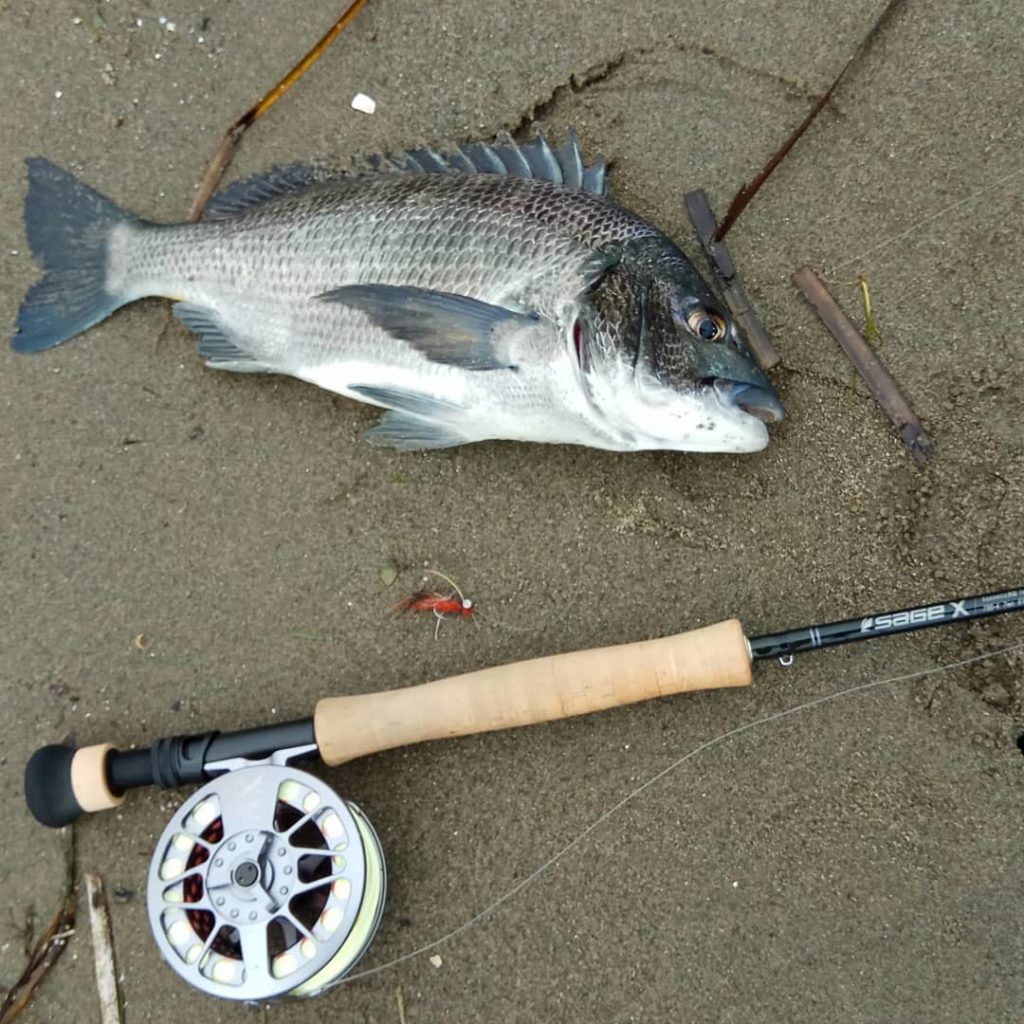
Fly fishing outfit needs to adopt to the size of fly or the strength of wind in field. Single hand 6wt with floating line is the most common set up. Shortest leader set up is to use tapered leader equal to the length of rod plus long tippet 4-6 feet minimum to make sure fish doesn't get distracted by fly line.
Fly needs to be pinned to the bottom, so it has to have good weight which often creates big noise when cast on to the flat. To minimize the impact of cast, anglers are required to use wide-loop cast and careful turn over down to fly.
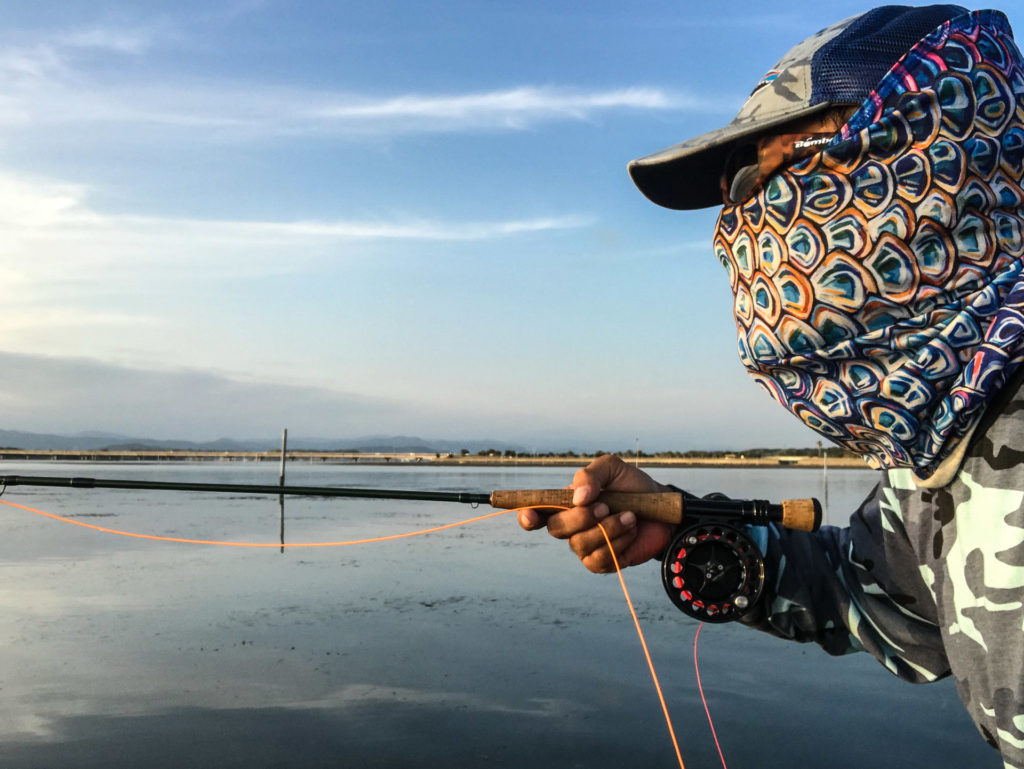
Some anglers prefer to use down to single hand 4wt to further reduce pressure to fish, nevertheless, breams in shallow are well-accustomed to seeing humans ready to spook at any time. Stalking requires good camouflage and slow shuffle similar to how it is done in martial arts, so that fish mistakes your footsteps as other bottom feeding fish. It is very important you see the fish before it sees you or get close enough before you blow your cover of footsteps.
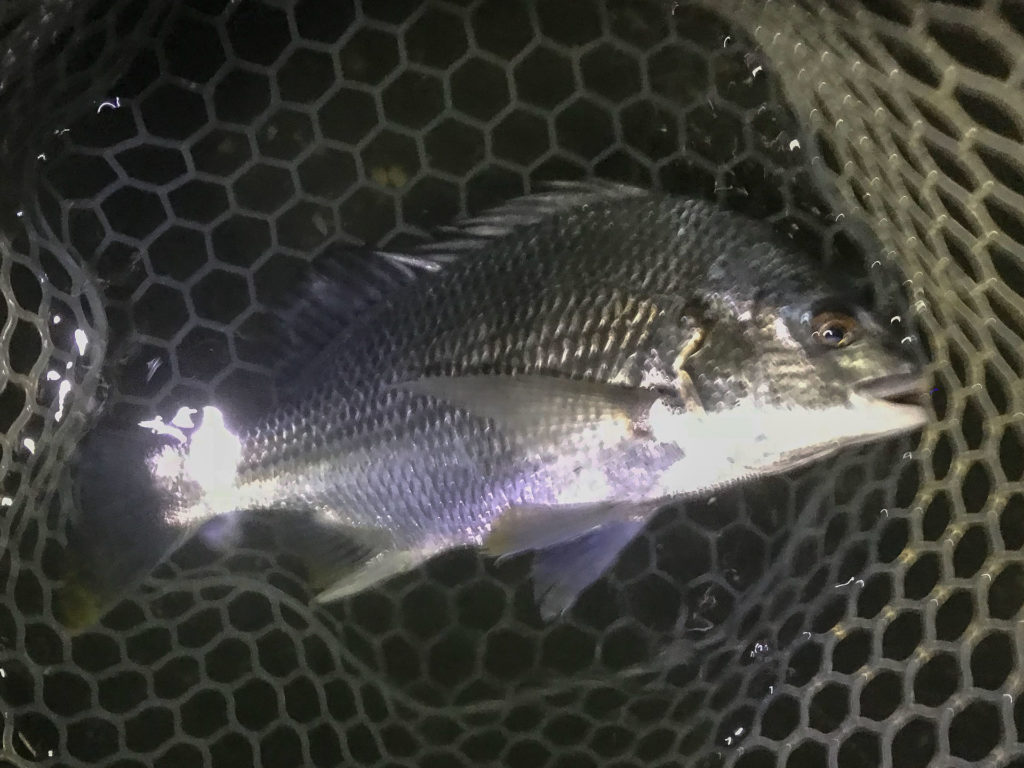
One soft spot for blackhead seabream is it is prone to lower its cautiousness towards falling object. This goes back to when they were baby fish swimming in school competing to catch types of shrimps hurry down to depth.

Fly Selection & Basic of Presentation
Fly needs to match the hatch as in trout fishing. Breams tailing in shallow are eating crabs clams, or yabbies. Fish feeding on clams on the wall, fish in mixed school with mullet feeding on some micro organism can pick up hare's ear nymph...etc.
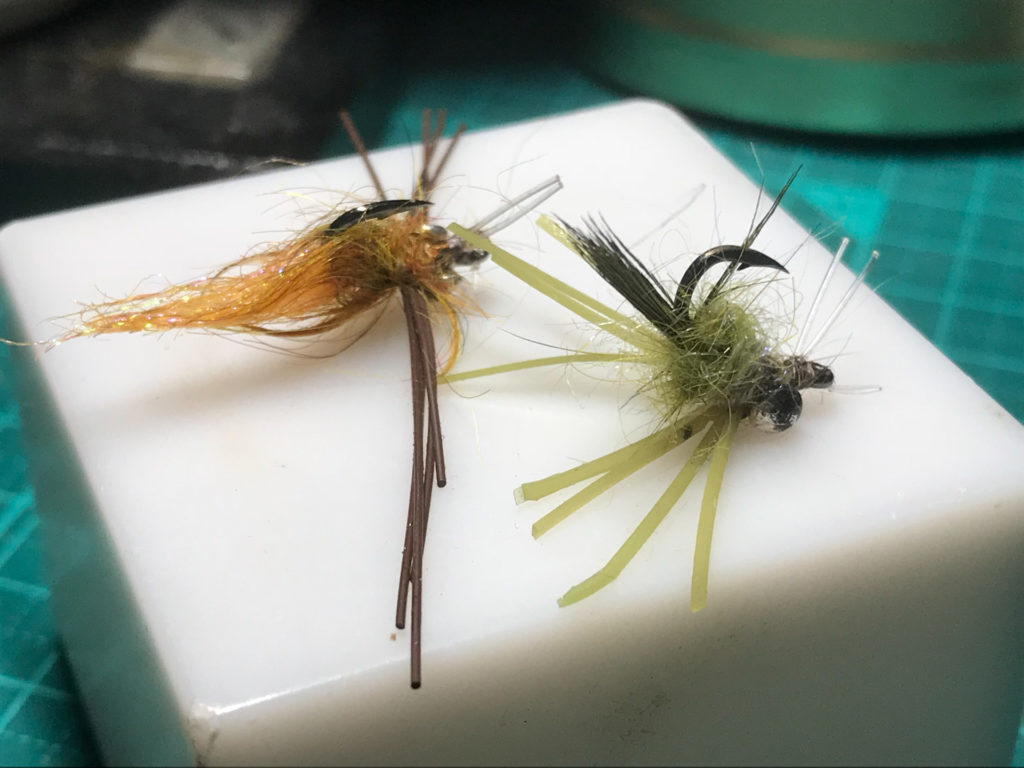
Tactics for the sight fishing blackhead bream is made of "sight fish", "call the right fish", "let the fish pick up", "wait for the right angle ready to hook set", then "snag set hook". Imagine you sight 100 fish. Out of 100, only 18 fish are ready to be called. Out of 18 only 6 fish pick up the fly. Out of 6 only 1 fish stay in the right angle. But if you miss snag set hook or fish moves to the wrong angle, fly will just come off fish's hard-skinned mouth and you will come home empty handed.
Other Seabreams of Acanthopagrus
a) Yellowfin Seabream / Acanthopagrus latus (Houttuyn, 1782)
b) Okinawa Seabream /Acanthopagrus sivicolus (Akazaki, 1962)
c) Okinawa Yellofin Seabream /Acanthopagrus chinshira (Kume & Yoshino, 2008)
d) Pacific Seabream / Acanthopagrus pacificus (Iwatsuki, Kume & Yoshino, 2010)
Need Guide Service?
If you need guide service to take you through the wonders of Japenase fly fishing or you are travel agent looking for guide service, please contact us using this form.
この記事のディスカッションに参加する | Join the Discussion
東京フライフィッシング&カントリークラブのFacebook グループ「Friends Lobby」ではメンバー以外の方とのディスカッションも行っています。気になる情報や質問などはこちらまで!
